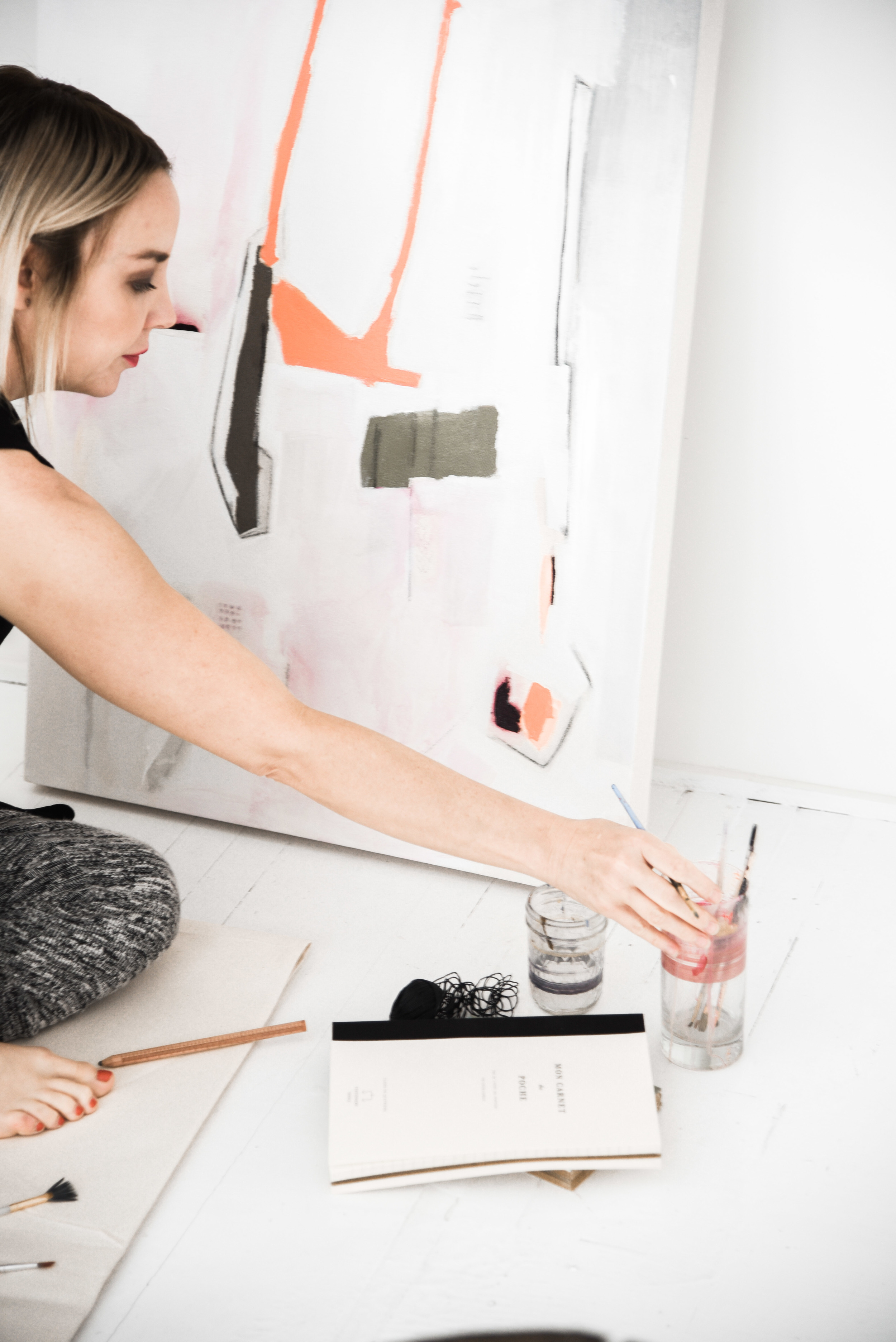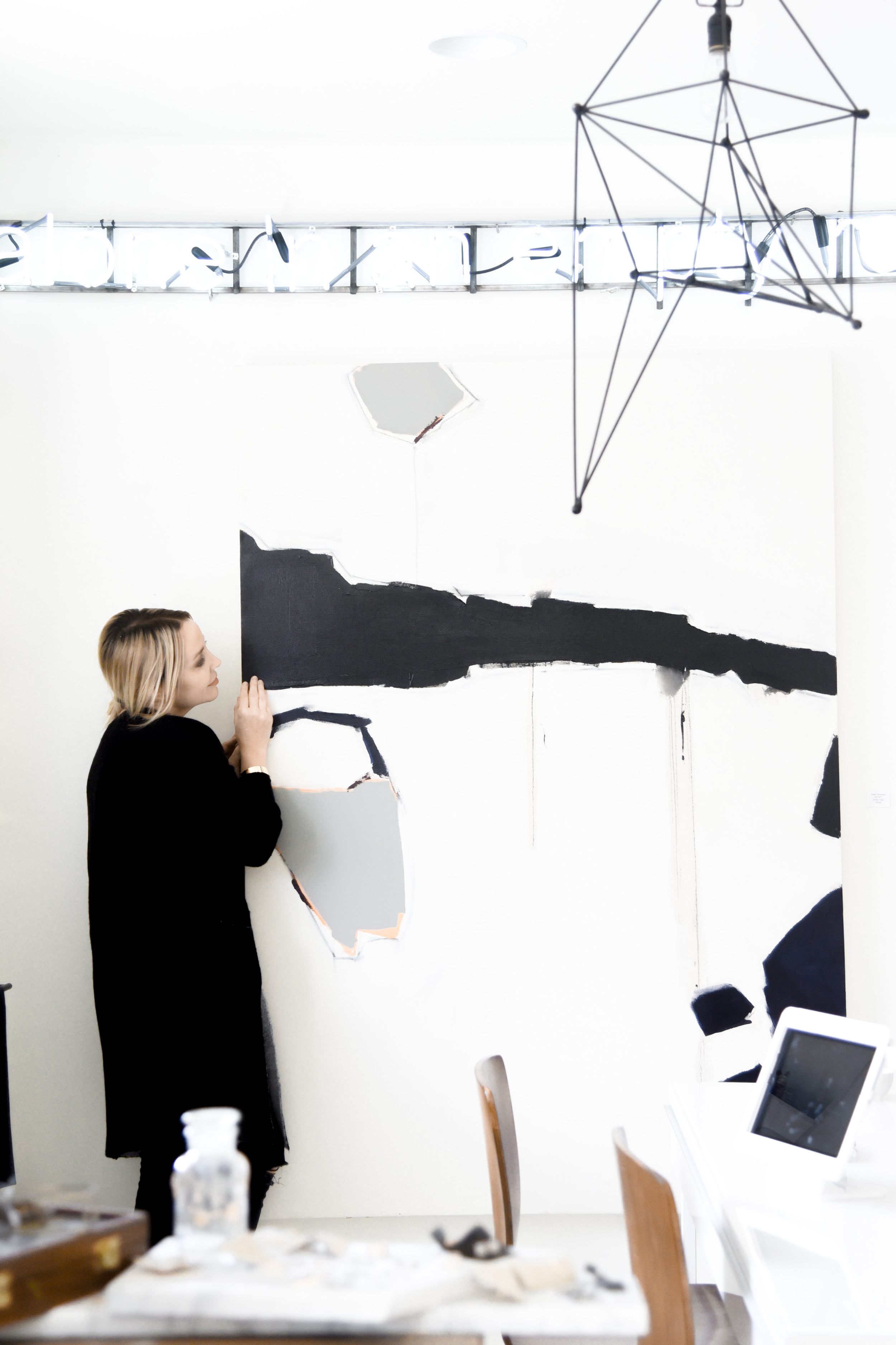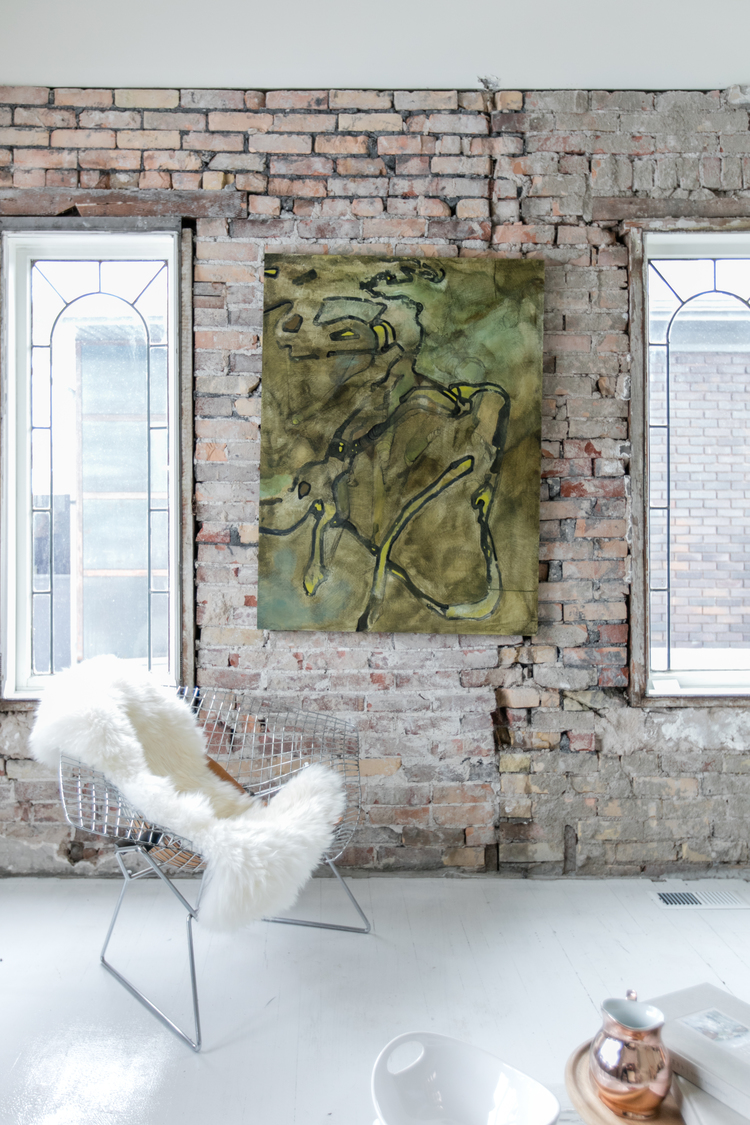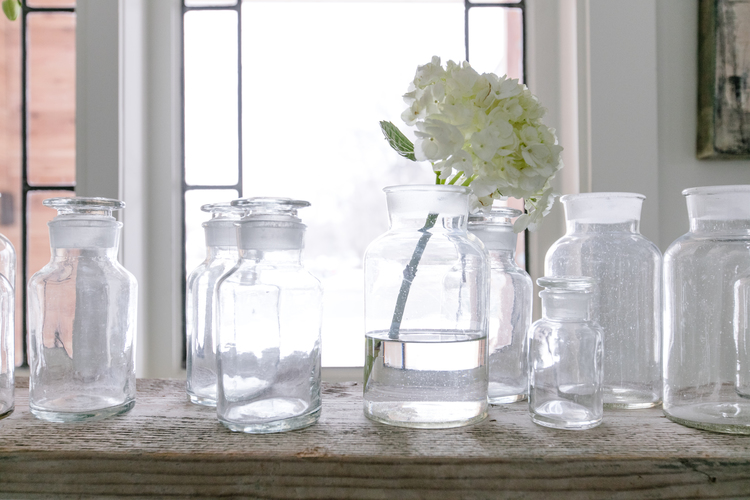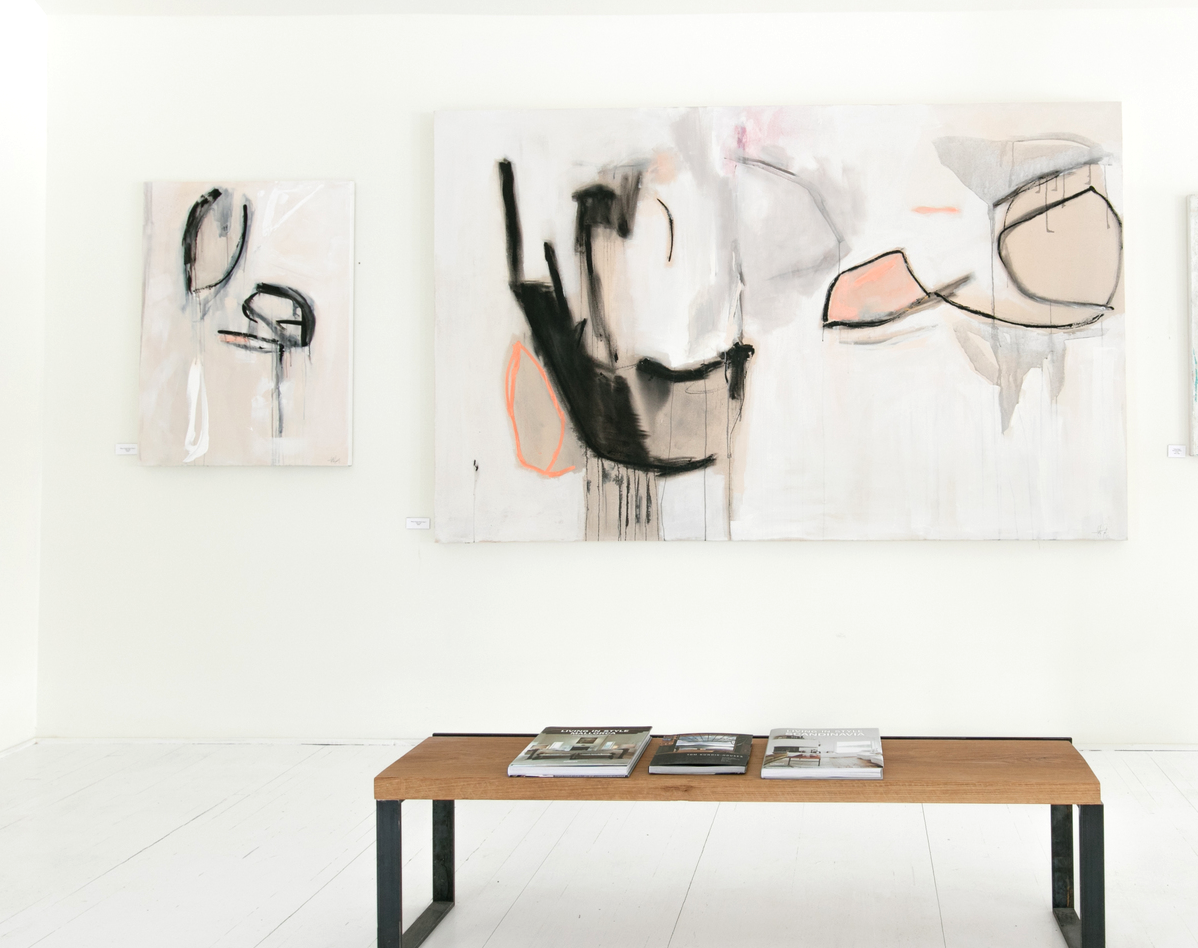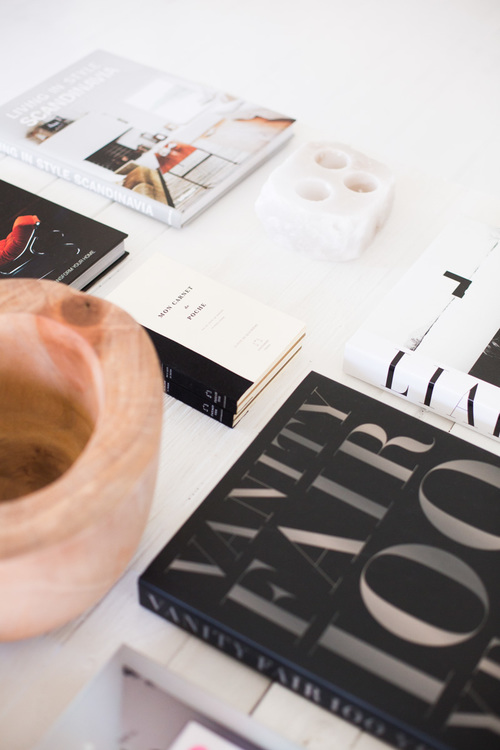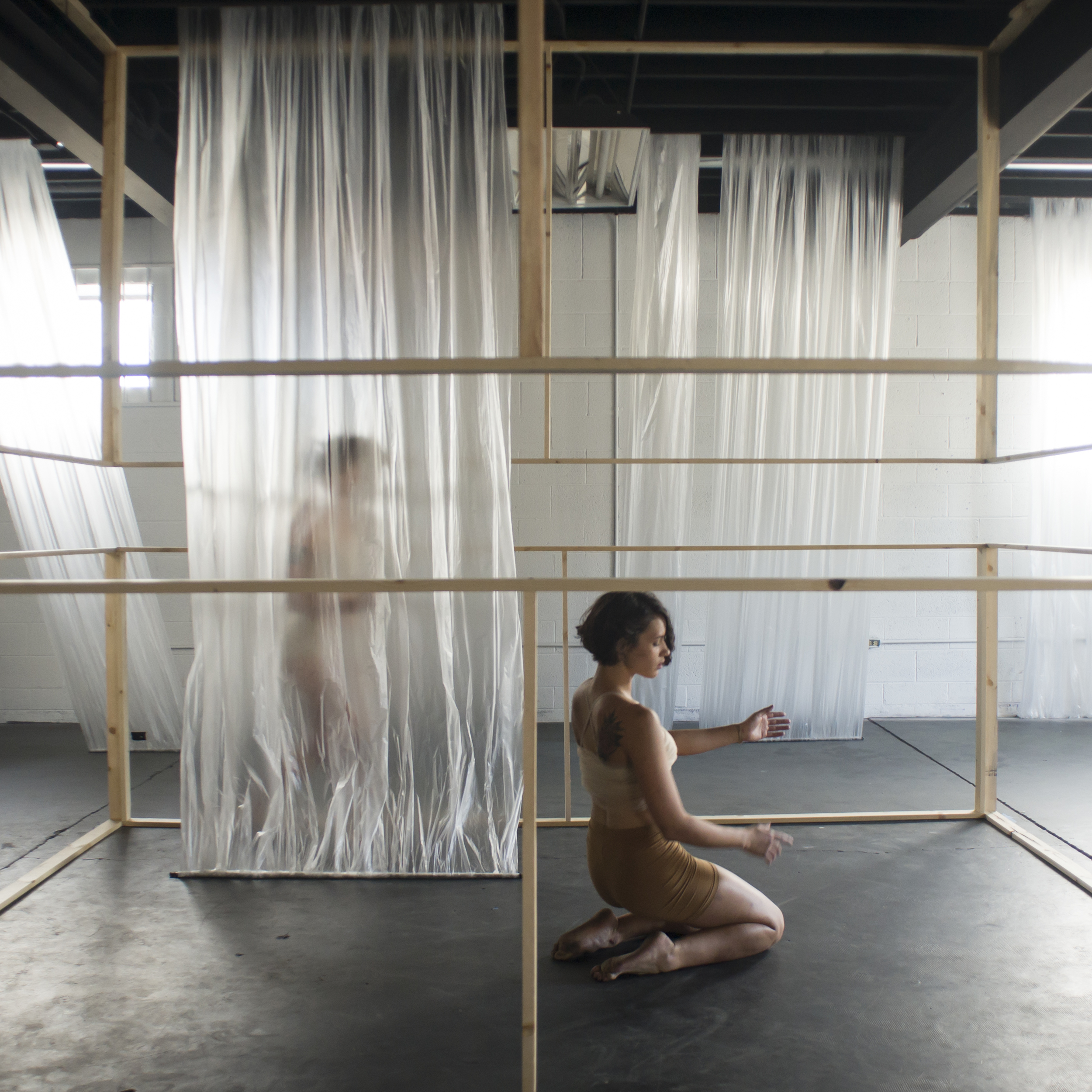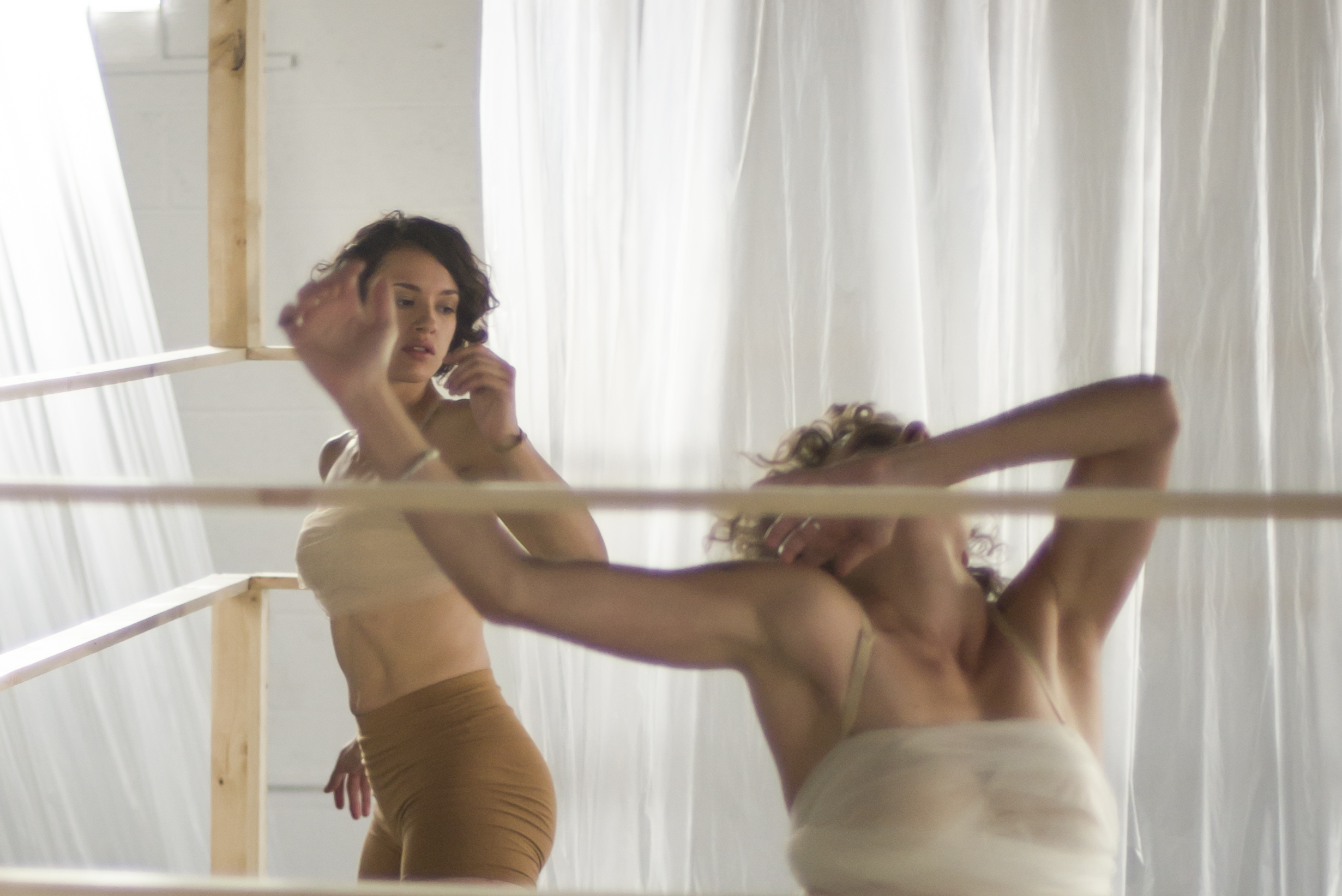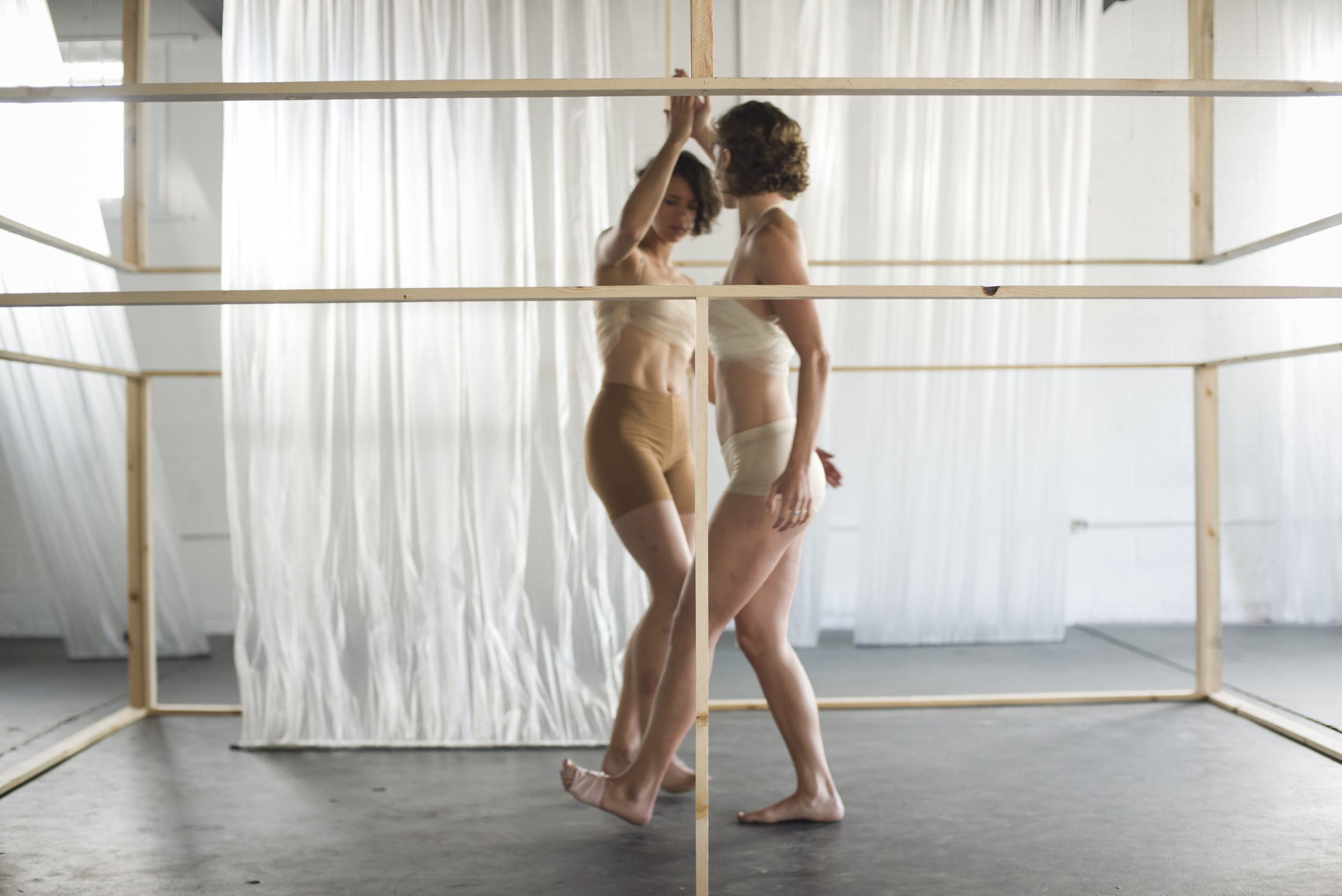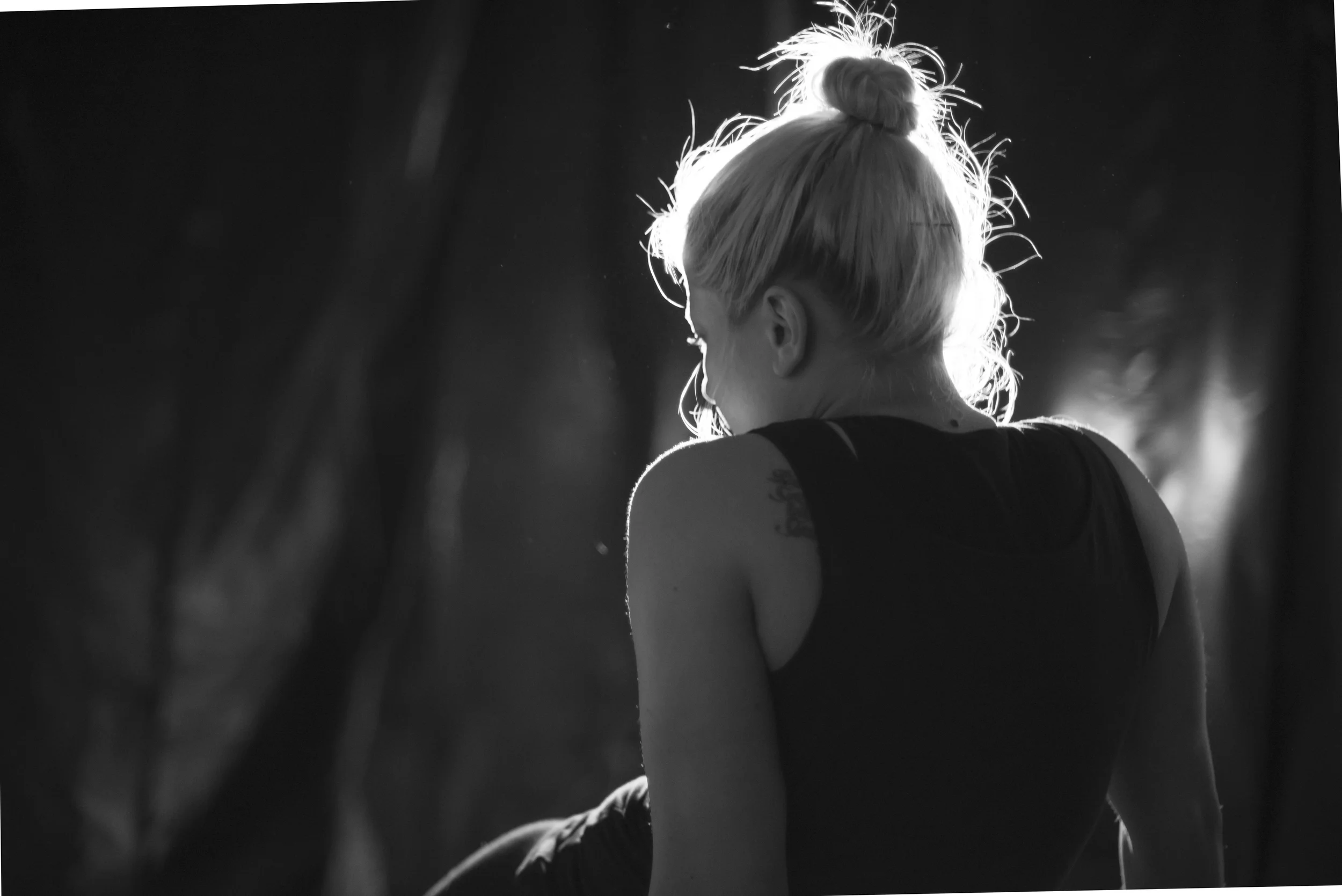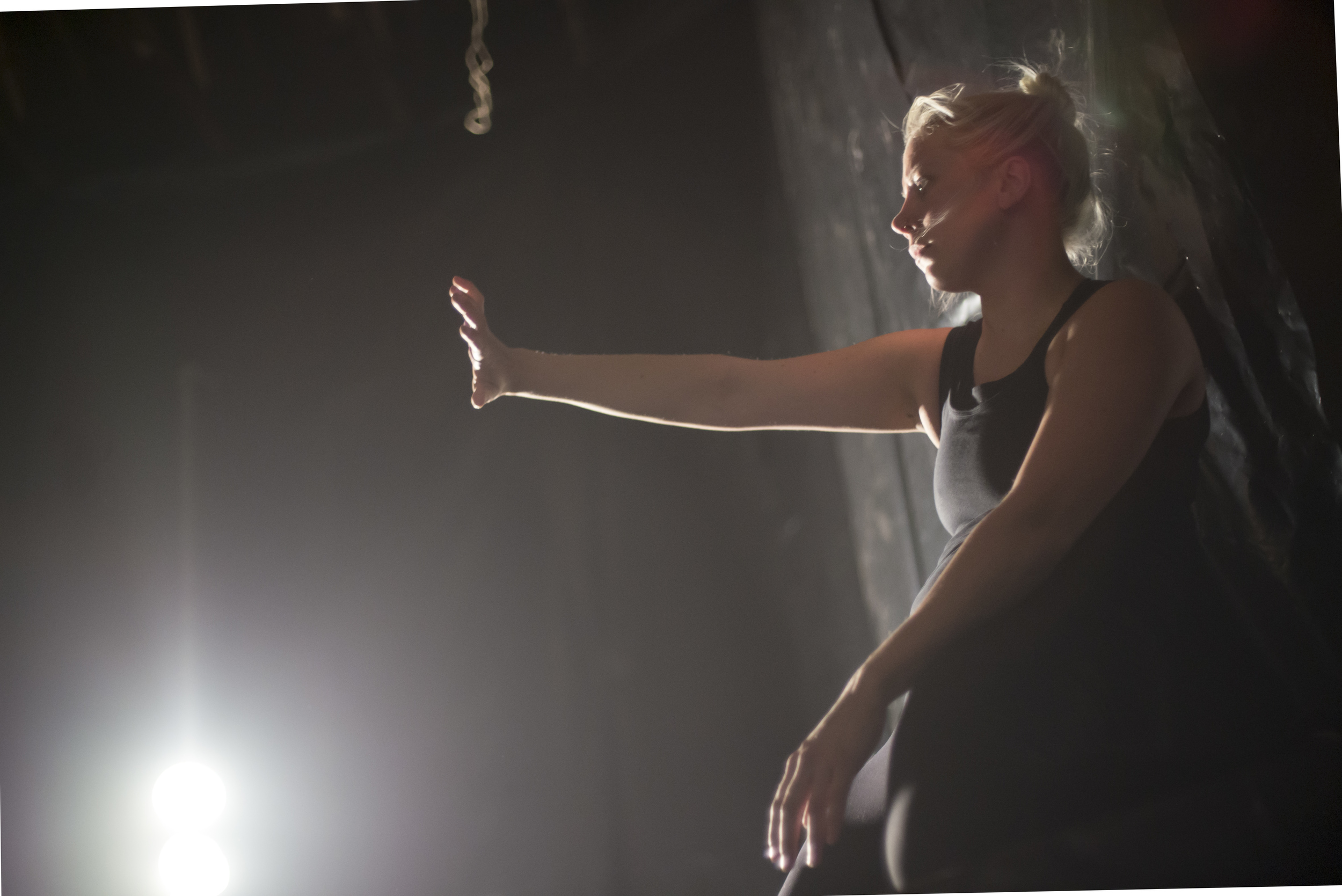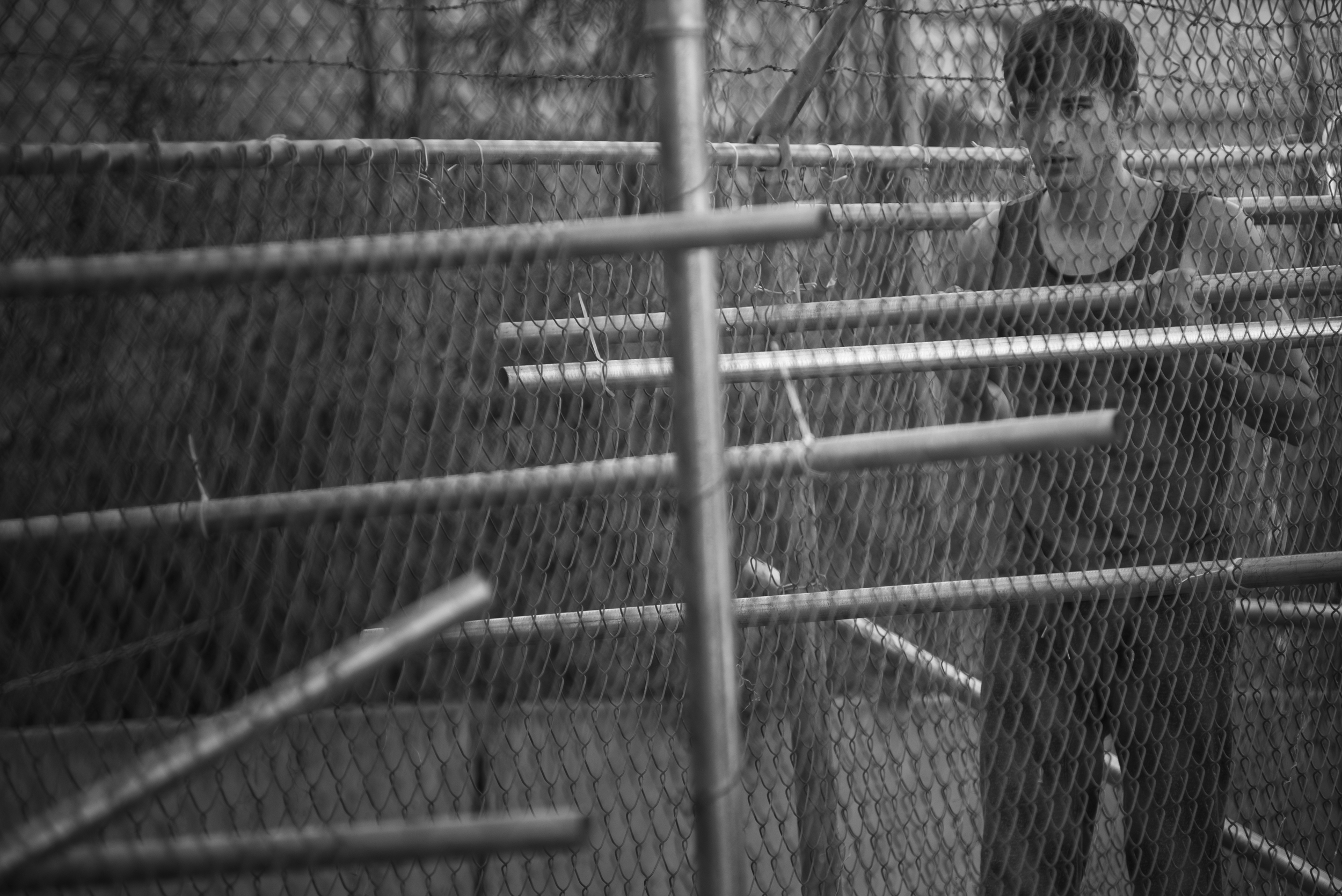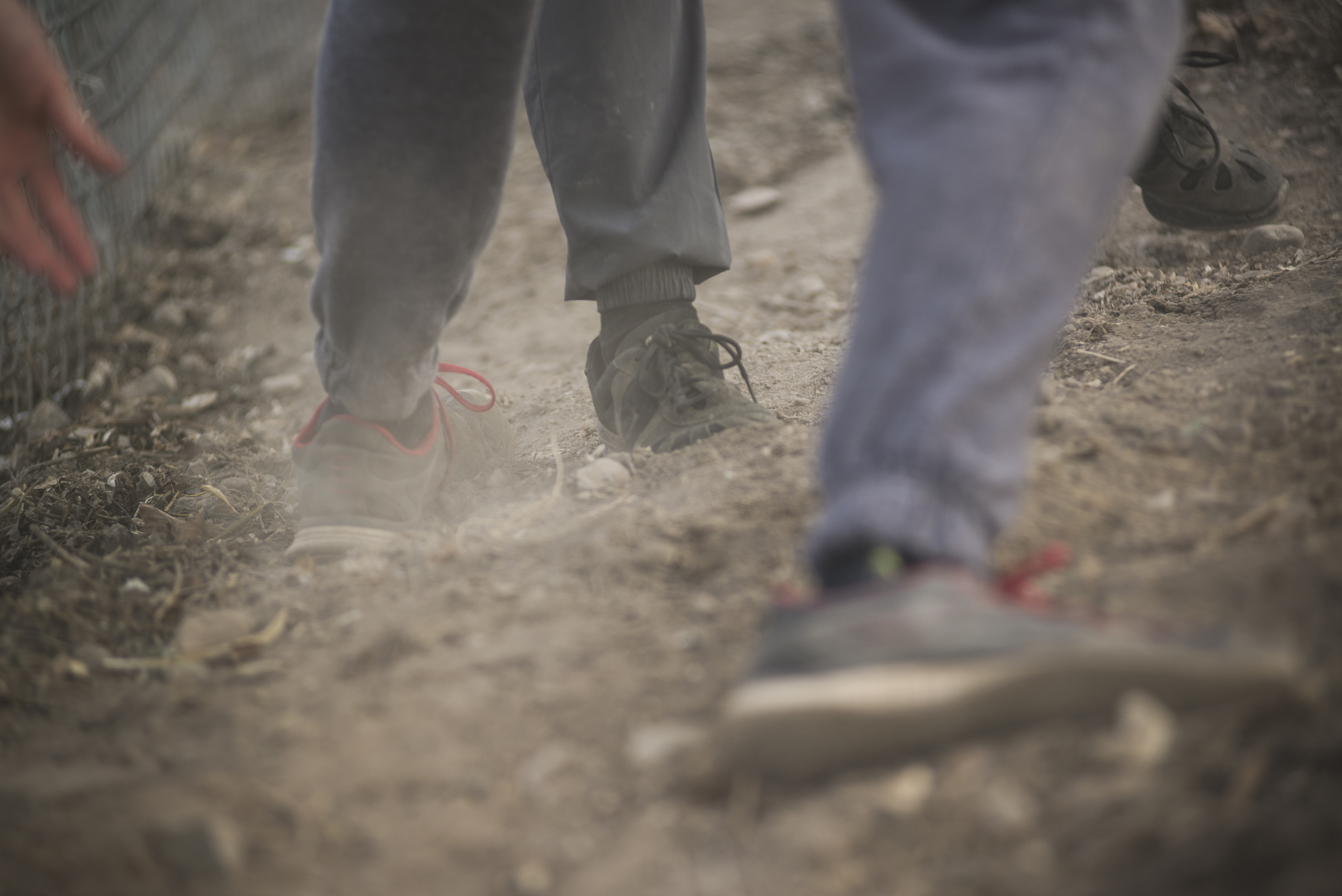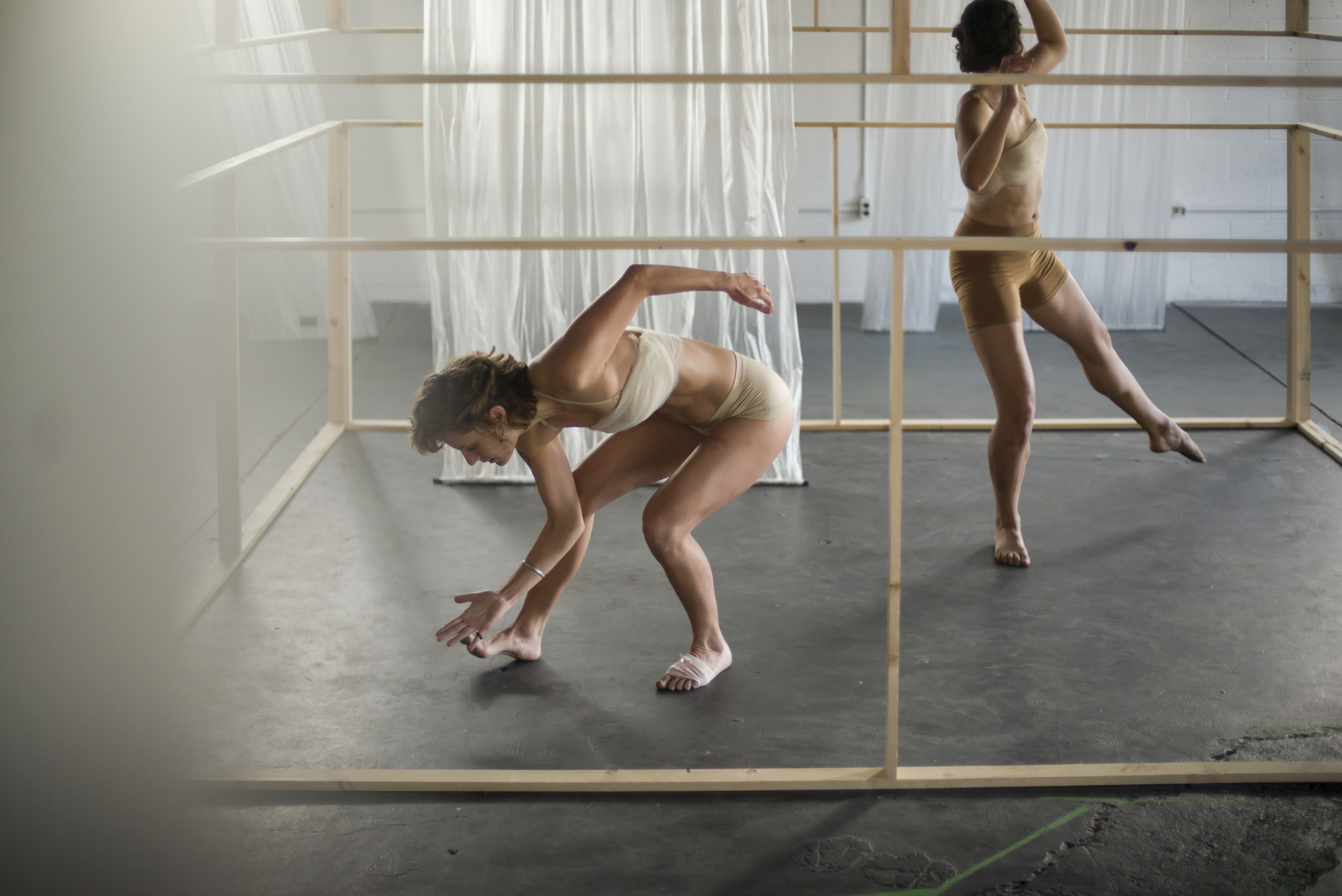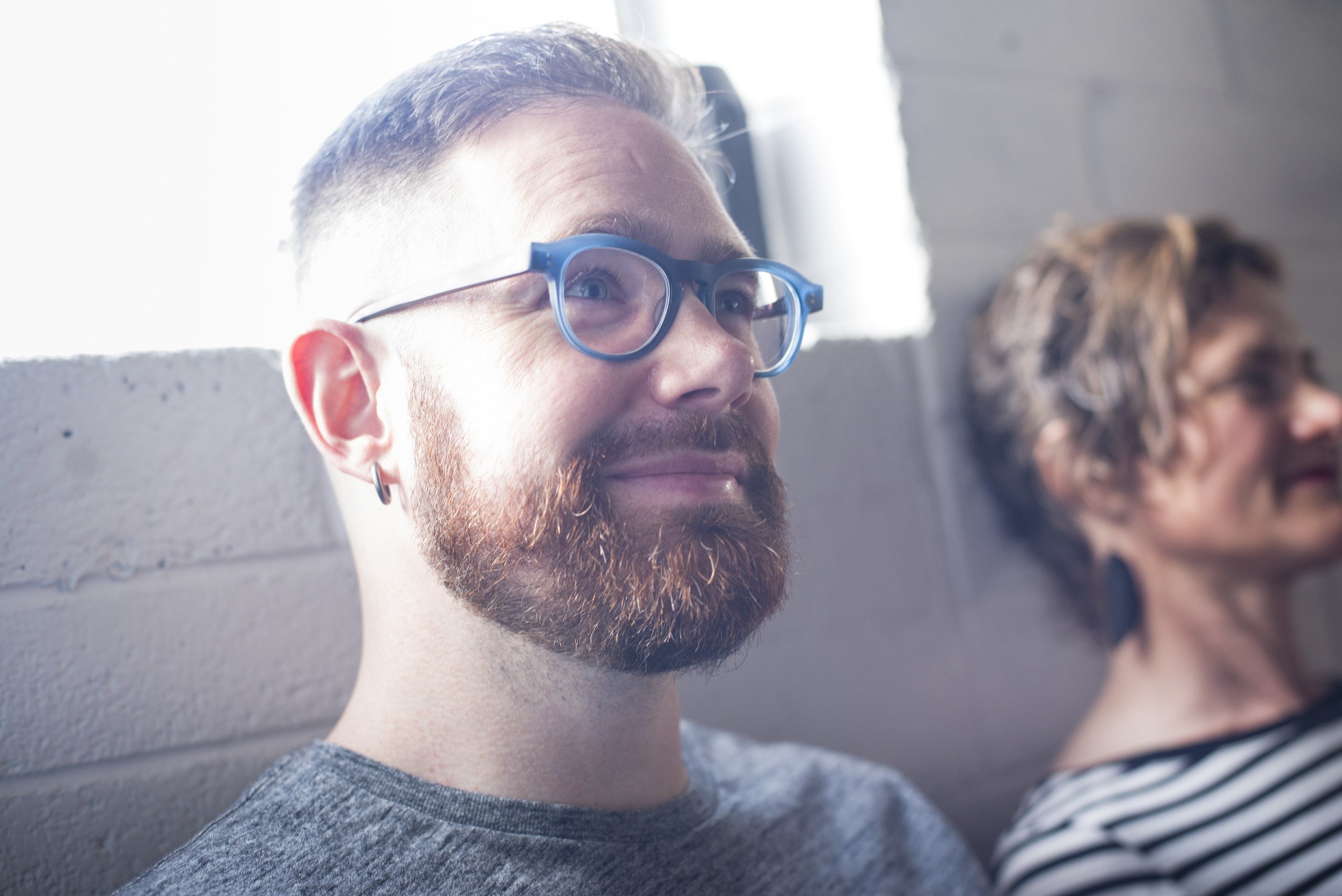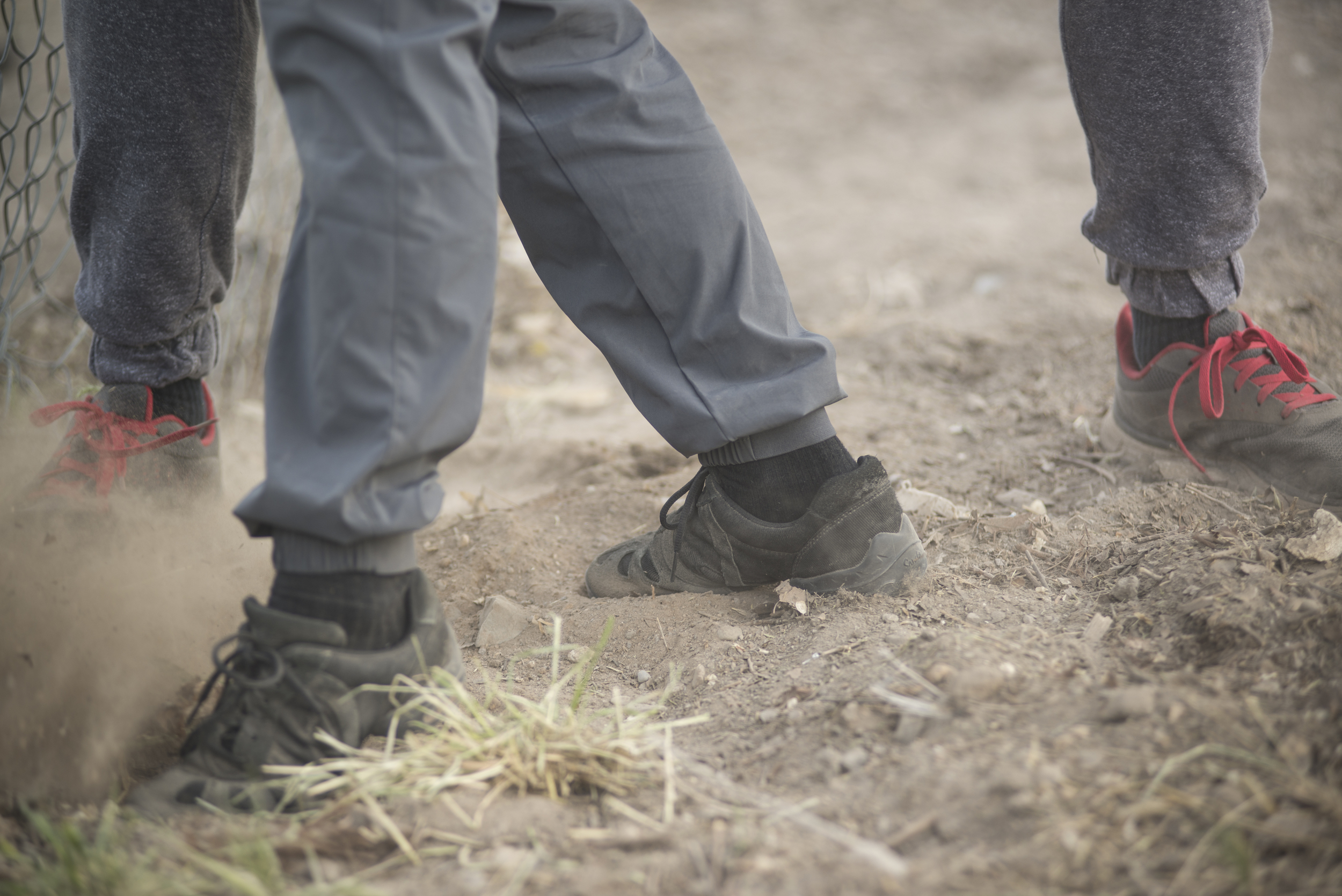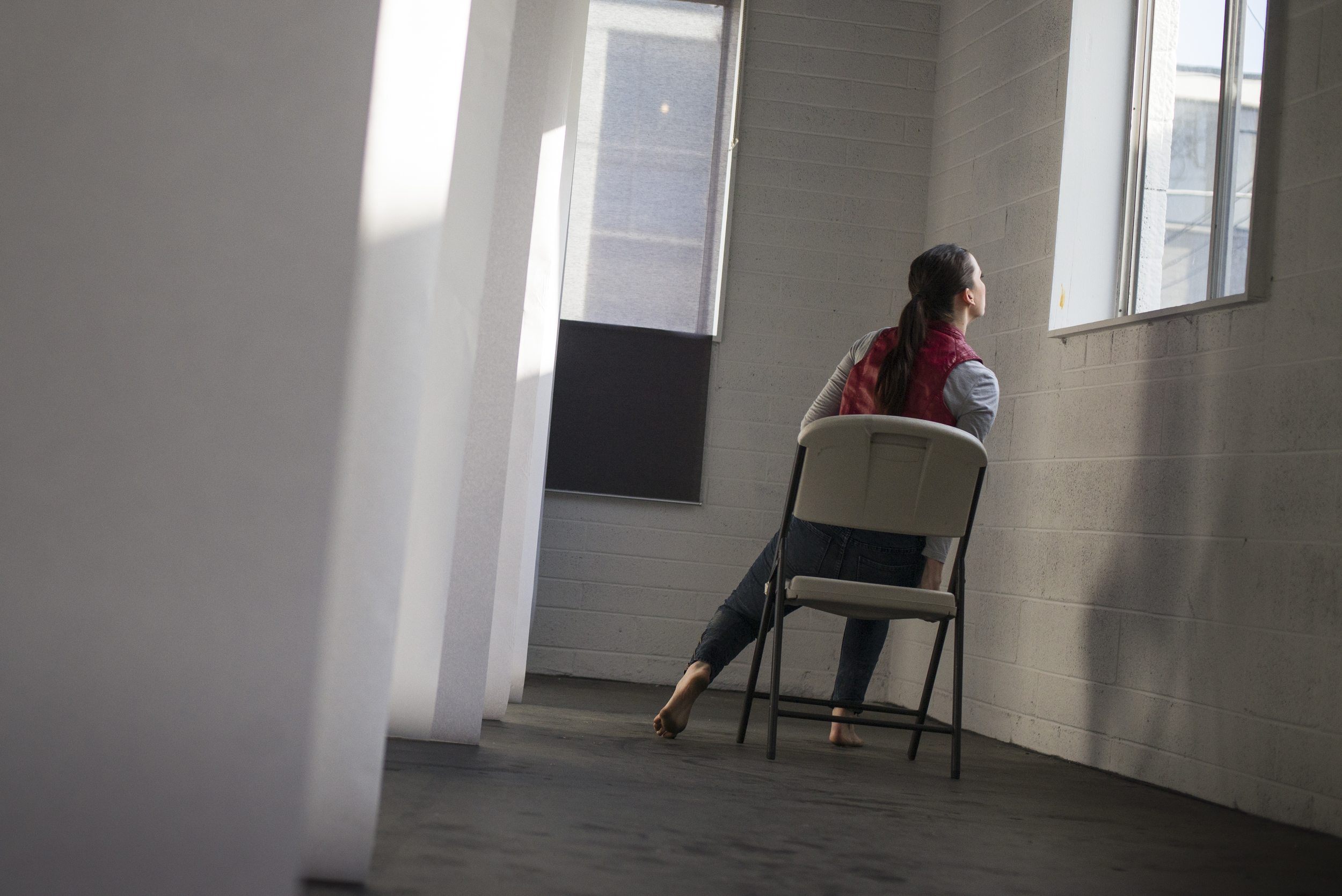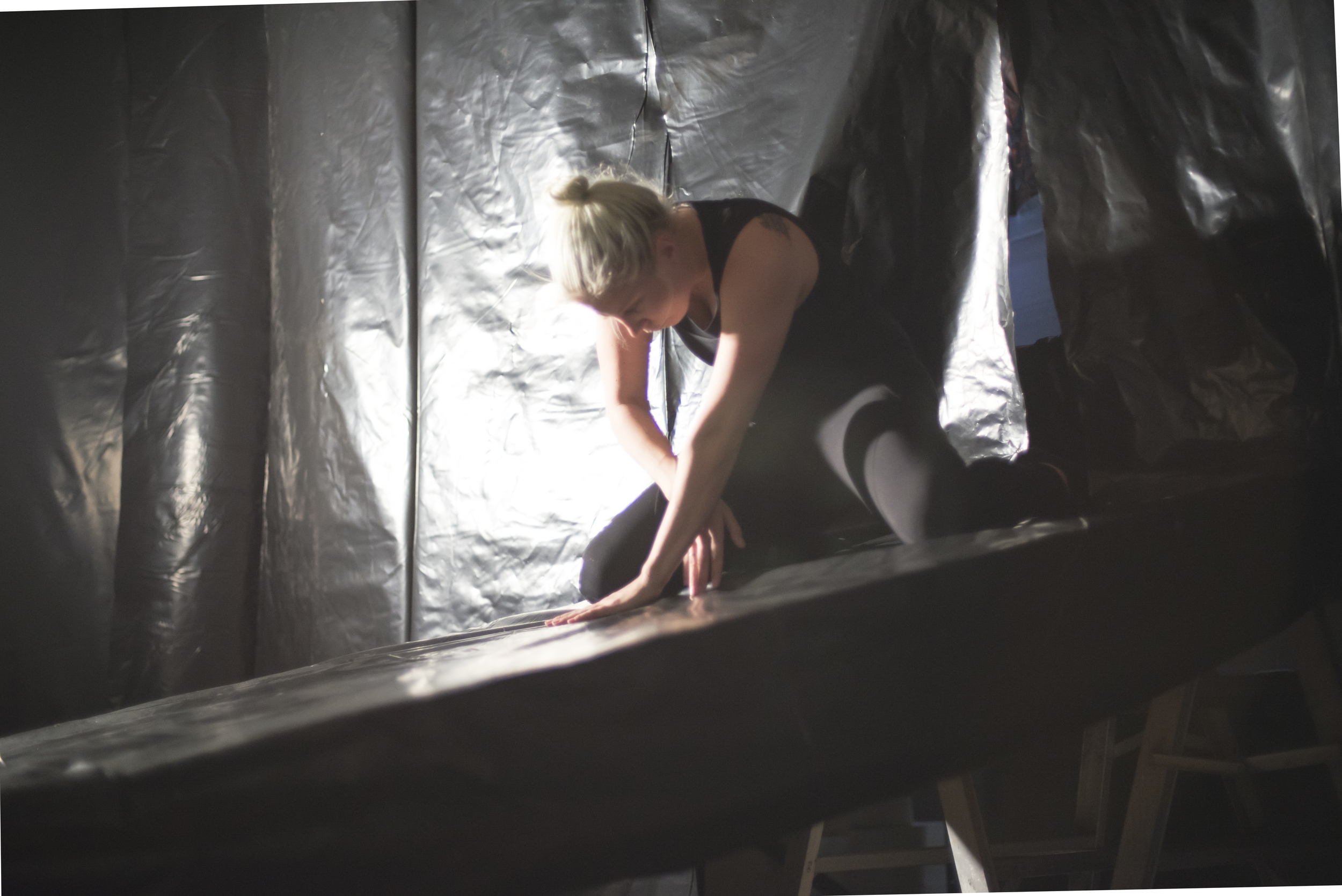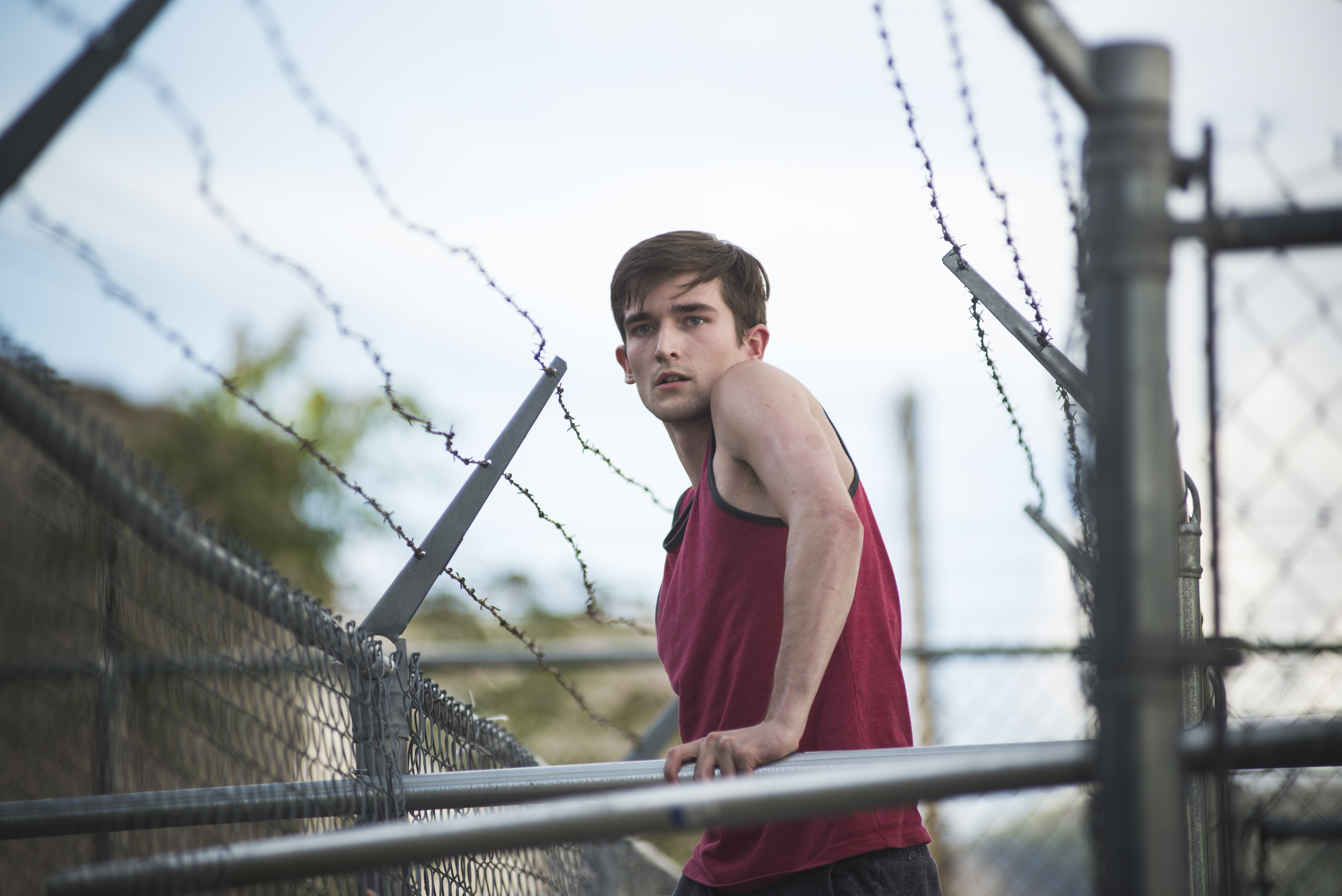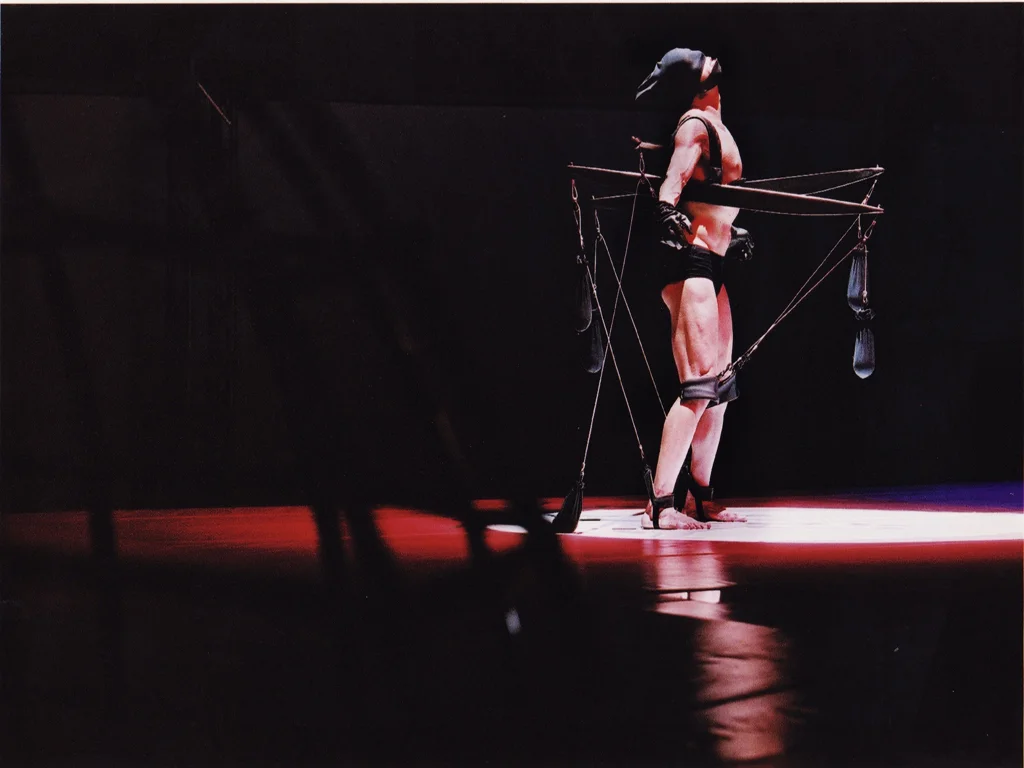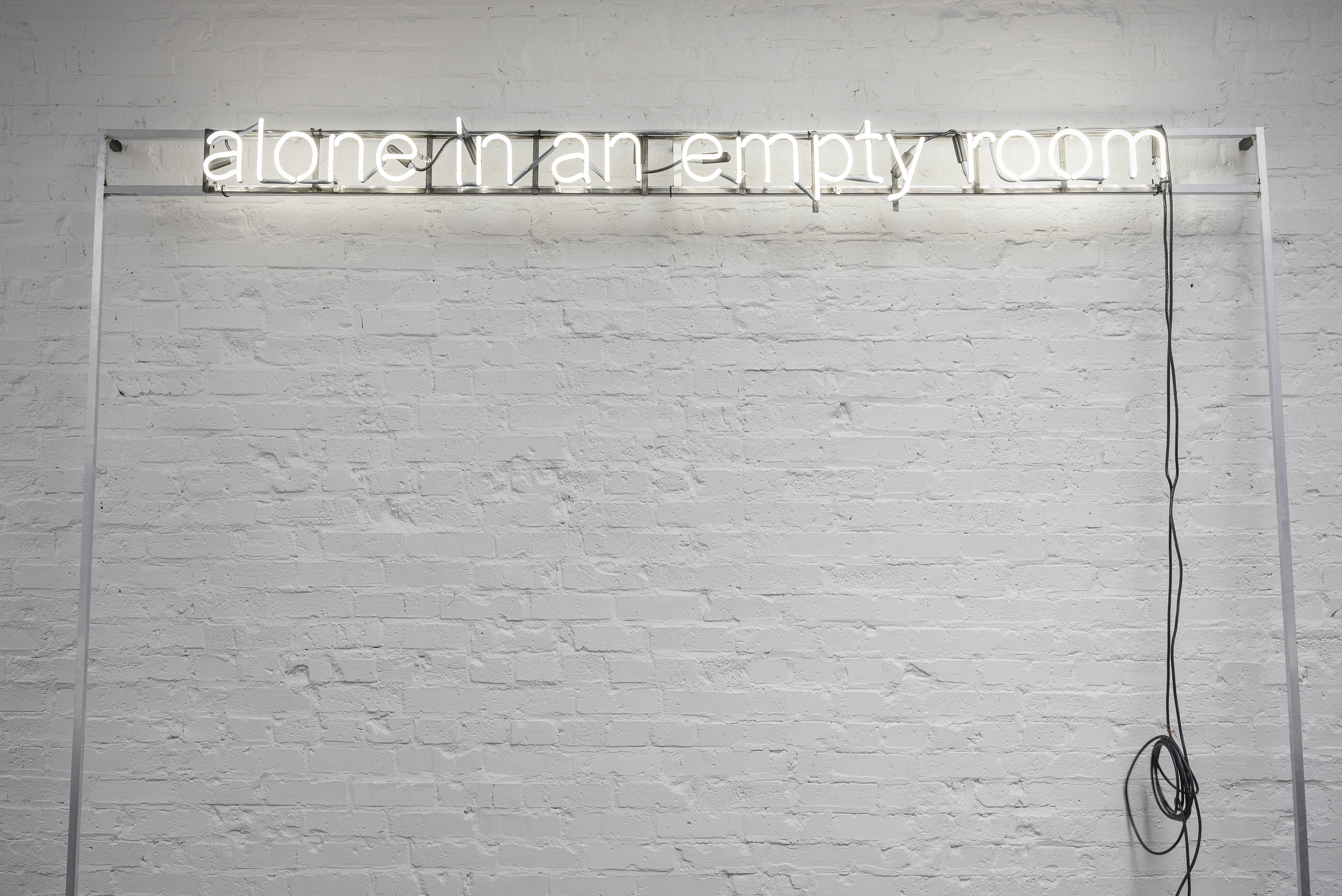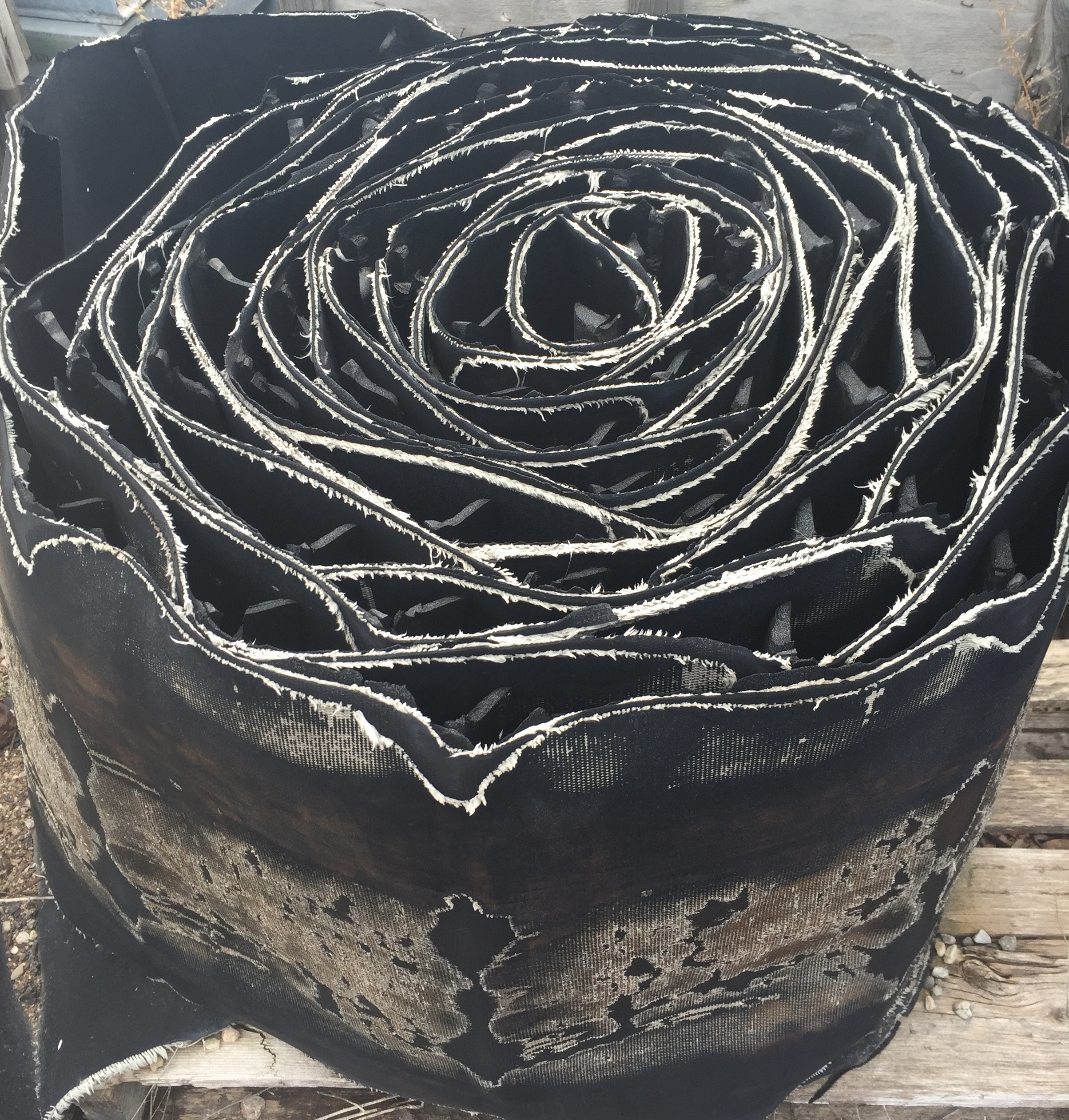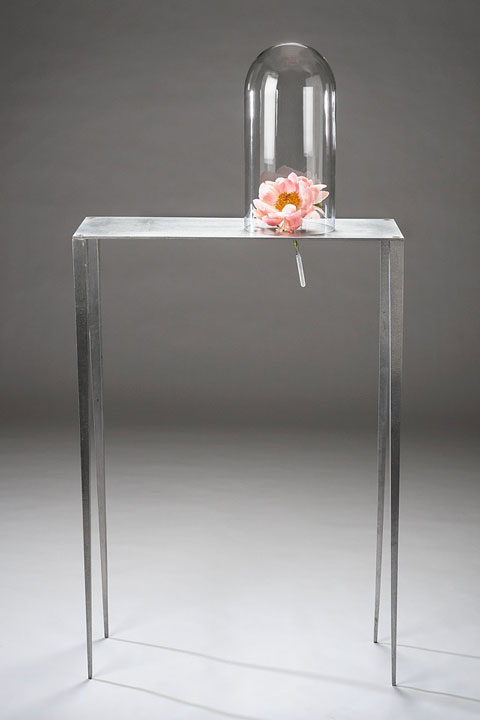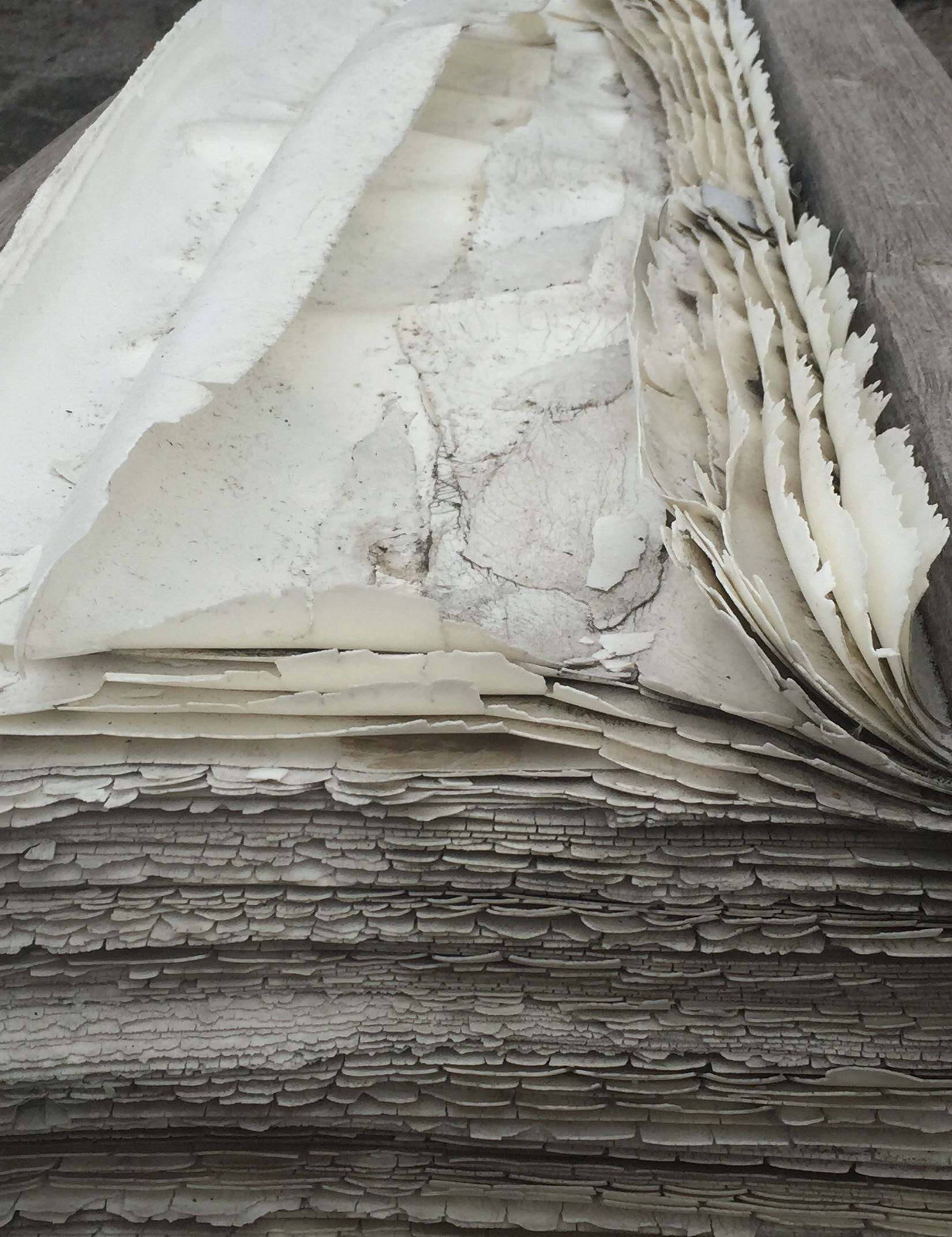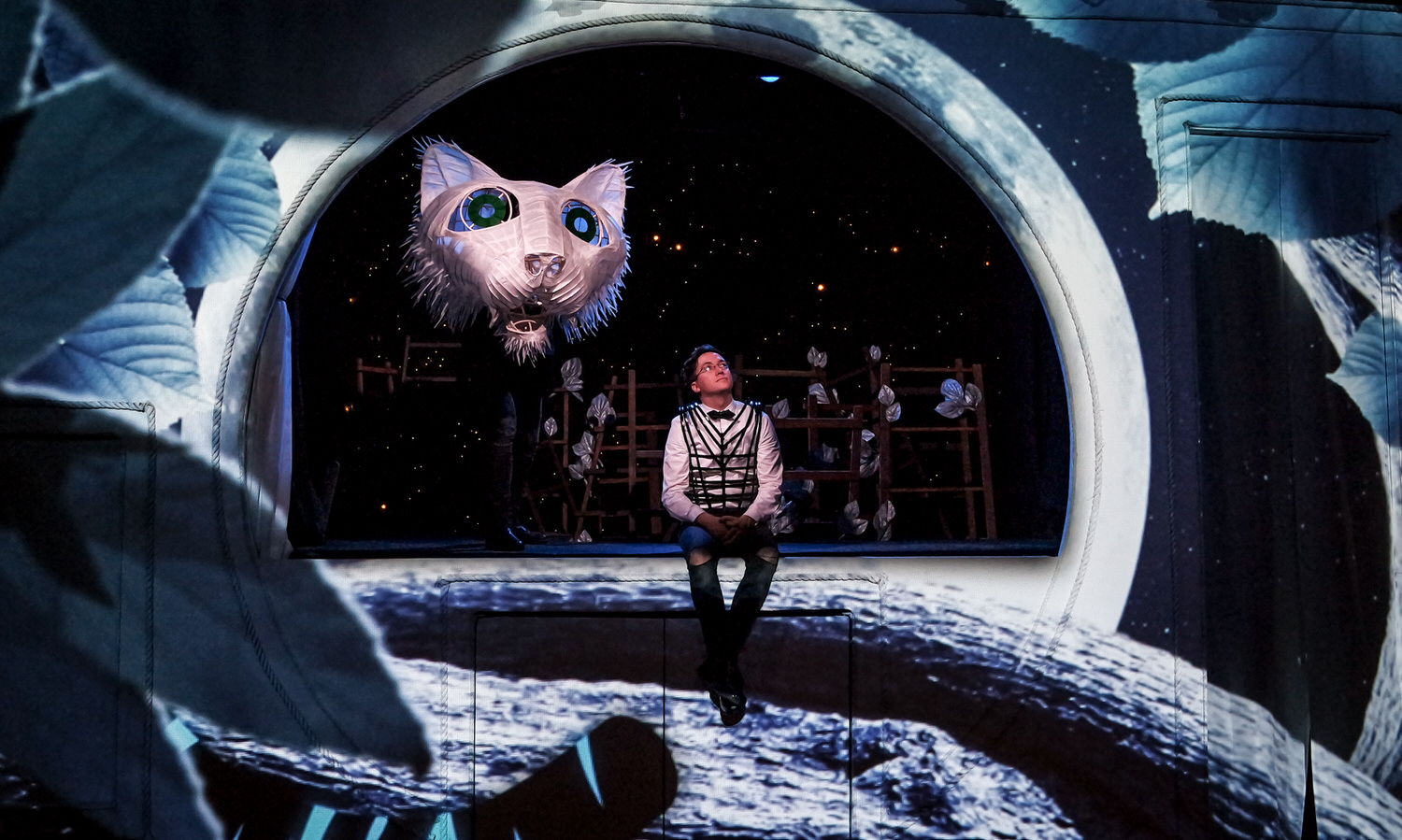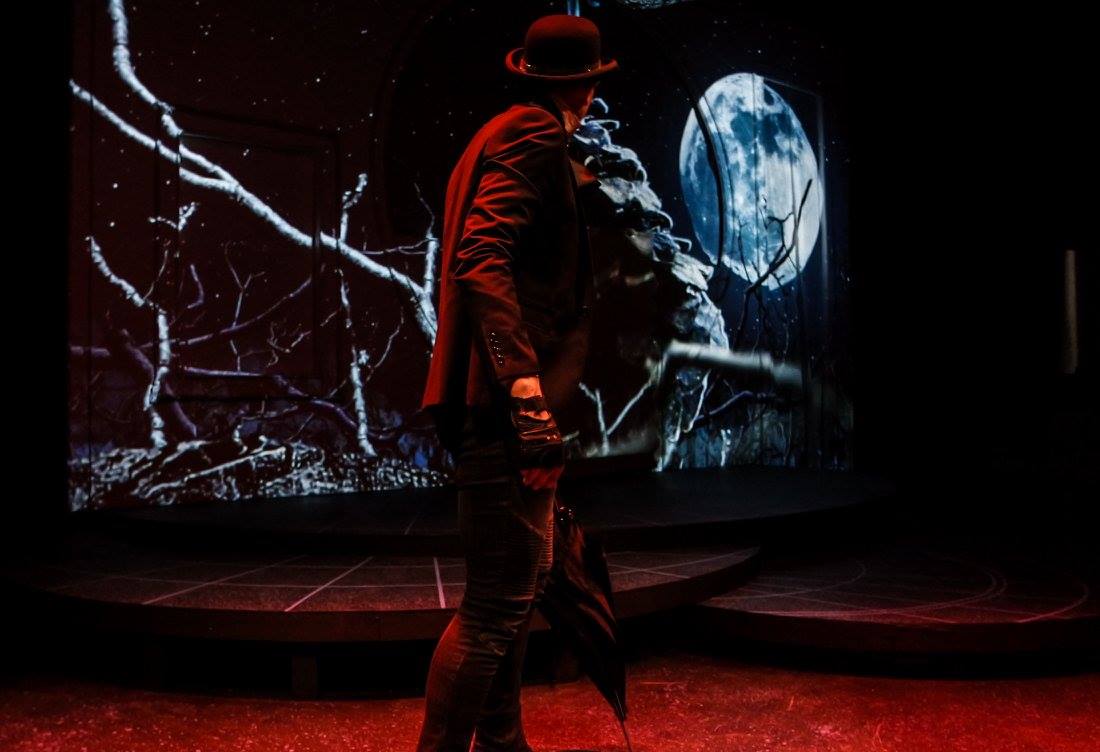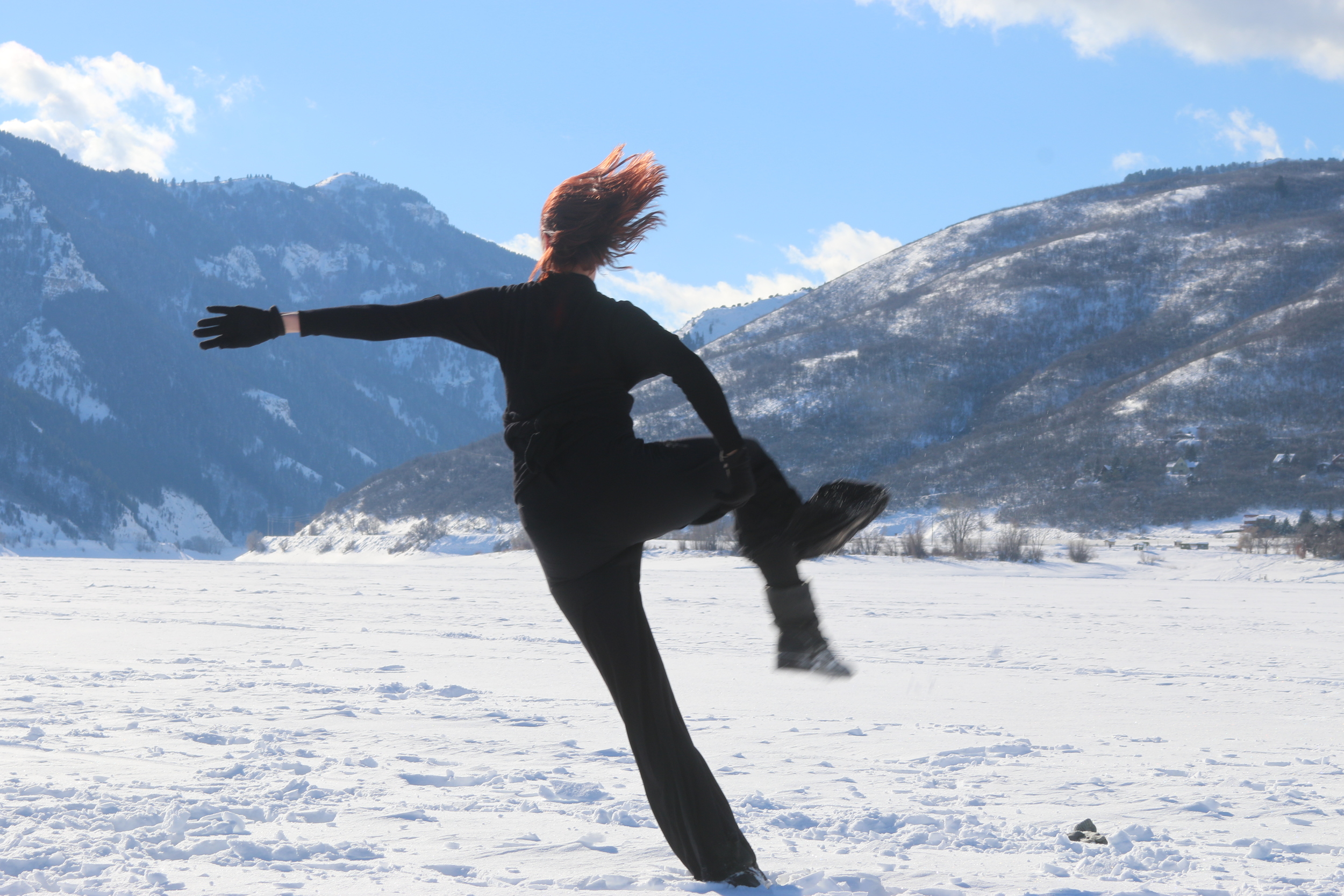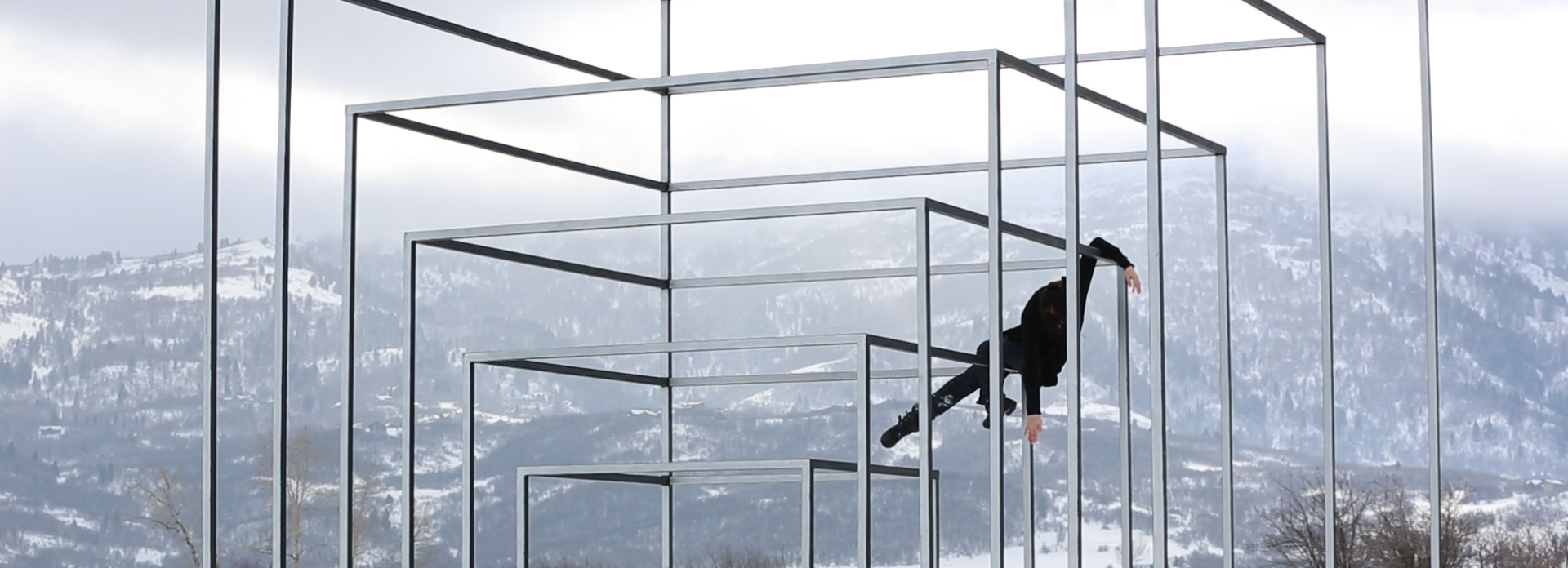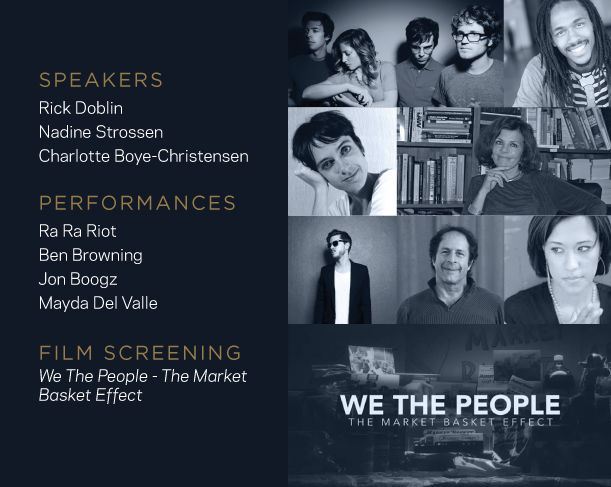Is having a sense of humor important in design?
Most definitely! Design should inspire, titillate and excite. Design should be unexpected. It should make you think and make you smile. If space is meant to be an extension of ourselves and part of our self expression then it should highlight all of our quirks and oddities. It’s a reflection of ourselves. Design or the people creating design should not be too self important.
Who is your favorite furniture designer? Fashion designer? Interior designer? Architect? Human being?
Respectively, Thayer Coggin, Balmain, Kelly Wearstler, Richard Neutra, and my husband Dan Beecher. He is one of the most intelligent, creative, funny people I know!
Philippe Starck had a design competition on BBC called “Design for Life” a couple of years ago, trying to find the next young British designer – do you think these types of shows can help educate people on how communities improve with inspiring and environmentally conscious architecture and design?
I think the invention of the design show has educated the public about design, for better or worse. I feel that it has inspired the general public and taught them that good design is accessible. I think it has taken interior design beyond what just people with money can pay for. The desire for good design is greater than ever. Our generation realizes that it can be personal expression, an extension of ourselves, just like our personal fashion is. It has inspired people to improve their living quarters and given them a new sense of pride in their homes.
Where design shows hurt or do a disservice to society, is that it creates a misconception about the design process. They see the design process from start to finish in one hour and half hour increments and it gives them a false sense of everything we designers do behind the scenes, how long things actually take, and doesn’t show that working with a client through the design process is much more complicated than the show portrays. I think this can undervalue us as designers. It also doesn’t show in any great detail that being a designer is way beyond having a great aesthetic or being able to make a room pretty. If you can’t collaborate with clients and all other people in the industry well, if you can’t communicate with those people effectively, if you don’t know the industry or have an understanding of the terminology and how things work, if you have no concept of how to budget and creatively make the most of the budget, then you won’t be a good interior designer.
Denmark created their first National Design Policy in 1997, as one of the only countries in the world – Do you think that makes a difference in the evolution/development of new design and the role it plays in society and would you like to see something similar to that happen here in the States?
I think the arts in general are under-appreciated in this country. So many other nations such as Denmark see the importance of the arts and subsidize it and foster it accordingly. Our country has a hard time getting on board with even just education and funding. As if it is less important than reading and writing. I feel it is so important for our young ones and society as a whole to be influenced by fine art, interior design, music, theater, etc. It will be what takes our culture forward successfully. It’s what makes us human. So much emphasis in this country is put on the wrong ideals instead of seeing art and design as an innovative industry that can help shape our future. I love that Denmark created an agenda or platform for creative ideas and collaborations and are proud to be known as a design country. That’s beautiful!
Tell us a little bit about your process?
The first time I step into a space I immediately start imaging what might be possible or fun or interesting. I let the space speak to me and try to read between the lines with my clients by listening a lot. My design process is about being open to anything and everything. Some think that because your budget is limited that your creativity has to be and that is not true. I think that if anything, challenges allow for me to be more creative. I consider myself a problem solver. I always tell my clients that I don’t want them to feel boxed in by their budget or any other limitations, it stifles the design process. I want to dream big with them and get them excited and invigorated, help them see what I see. We can back those big ideas into the budget and in most cases find ways to make them work, but we never would have gotten there if we hadn’t allowed ourselves to dream big the in the first place.
Quite often I tell people that being an interior designer means I am part designer, part mentor, part teacher, part therapist and part mediator. To take people through the design process you have to be all of those things. I help the client find their inspiration while sharing my inspirations for the space. It’s about trust and openness of communication. It should also be fun! My favorite part about being a designer is hearing from a client at the end of a project that I gave them everything they didn’t know they wanted and they love it!
When I design furniture, lighting and accessories with my M3LD business partners the process is a bit different than that of my interior design process. It is fun to have different outlets for my creativity. And the act of creating and designing with two other designers is fun. We start by sketching our designs on paper. Sometimes it starts with a shape or material. Then we make a prototype of the item out of cardboard, foam core and or poster board so that we can make sure the scale is right. It also gives us insight into how it might be assembled or manufactured. Then we do a technical sketch of the item. Piecing our design together with swatches for finishes, and all technical specs. Then we send to our manufacturers so they can produce samples for us to approve. For the arrival of the samples for our first collection, me Jason and Brian and our partners got together to open all the boxes. It was like Christmas. We cracked a bottle of champagne to celebrate. Seeing the actual pieces that we had designed in the real was one of the most exciting things in my life up to this point. So amazing!
Who do you consider to be the most significant designer of all time and why?
I’ll be honest, my head is swimming and arguing with itself about which philosophical route I should take or where to start. I probably don’t even know enough to even know the answer, even for myself and what’s influenced me over the years. Maybe I’ll stay bigger picture here and say that those responsible for film and other visual media and the means of distributing that media, i.e. the internet, are the most influential because they allowed the sharing of culture and knowledge on a global scale. We have the entire world at our fingertips and we don’t even have to leave our home. No longer are we in our bubble unless we choose to be. I think that is a huge gift. That kind of accessibility will continue to make more and more artists as a result.
Where do you find most of your inspiration?
Travel, without a doubt. It allows me to leave my day to day routine, which even for me as a designer can become mechanical. My days are busy and long and and are filled with back to back tasks or appointments. Its hard to make time or to justify taking time to just think. Travel for me is therapy, I owe it to myself and my clients. Travel creates open space, that would have otherwise been filled with those daily tasks, for new ideas and dreams. It allows me to entrench myself in a new culture and lifestyle. Meet the people, eat their food, enjoy their art and architecture. Observe the colors of a new place, the smells of a new place, the fashion of a new place. I want to go to all the places. They all have something different to teach me. The world is abundant you just have to be ready and open to it.
What city do you see as having the most experimental and exciting design focus at the moment?
Tokyo! It is a city who hasn’t forgotten who it is. Widely embraces its history and pays honor to it’s past, while at the same time creating an amazing and quirky modern culture. That makes for a exciting juxtaposition that produces some weird and really cool stuff. Their fashion boarders on costume. In most cases the men’s fashion and style is so much more crazy than the women’s. Blurring the lines between what is masculine and feminine. Their modern architecture, some clean and sleek, some eccentric and bizarre. All mixed in with ancient temples and cemeteries. My feeling is that they are much more willing to think outside the box and redefine things. Not feeling limited to what the status quo is. They take pride in their city. As ancient and old as some parts of the city are, it’s the cleanest city I have ever been to. When you take pride in who you are you are less self conscience and willing to take more risk
Your favorite quote?
“Nothing is fucked dude, nothing is fucked!” —Walter Sobchak, The Big Lebowski
or...
“People who succeed aren’t super heroes. They are just a people that put their mind to something and did that thing.” —Paige Palmer



